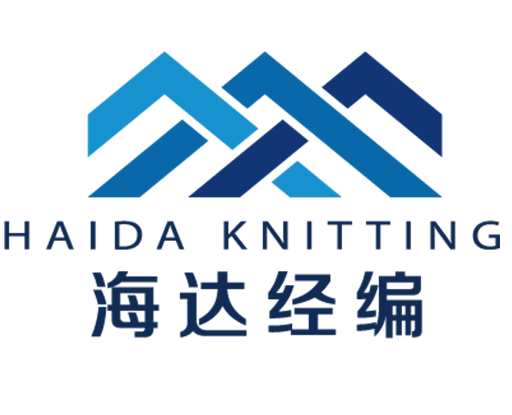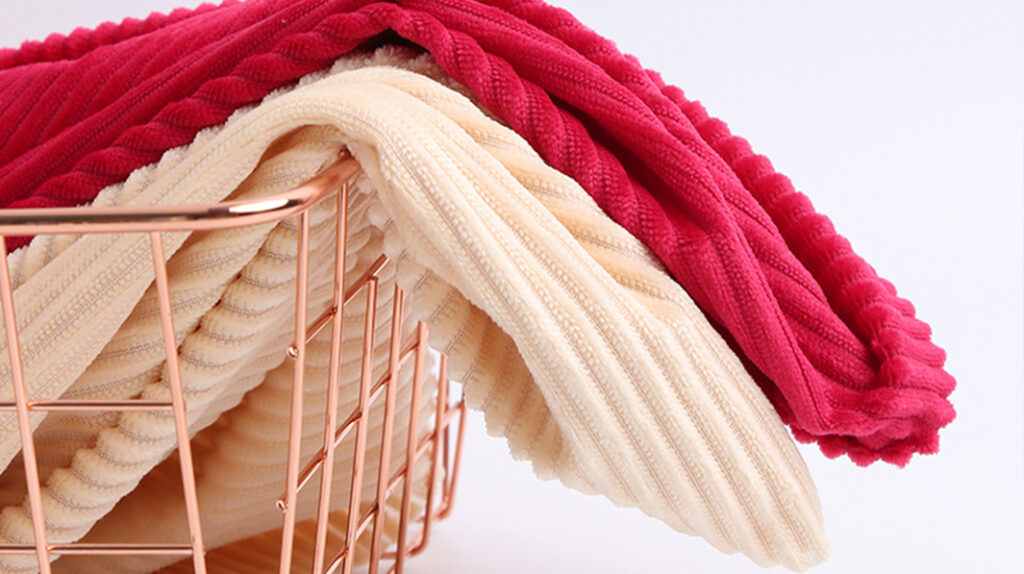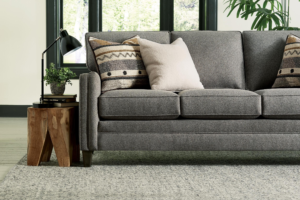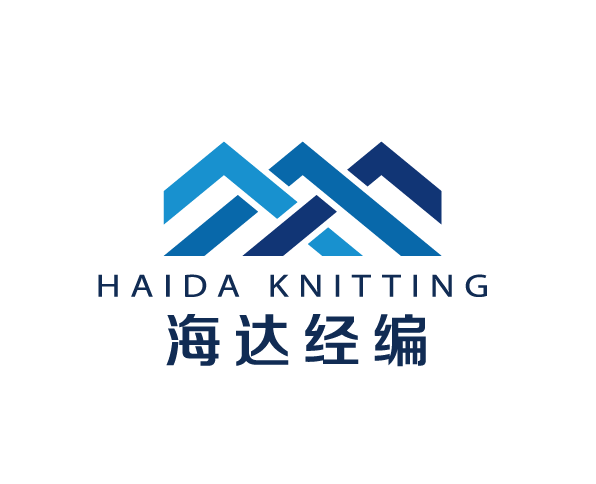Here’s the revised article with bold emphasis on key terms and phrases, and separated by long horizontal lines.
Flannel Fabric Overview
Flannel fabric is a soft, medium-weight woven fabric typically made from cotton, wool, or synthetic fibers, known for its cozy, warm feel. The fabric has a slightly fuzzy surface, created through a process called brushing or napping, which gives flannel its characteristic soft texture and makes it excellent for insulation. This warmth and comfort make flannel a popular choice for cool-weather clothing, bedding, and home textiles such as pajamas, shirts, sheets, and blankets.
Key Characteristics of Flannel Fabric
1. Soft and Fuzzy Texture:
The defining feature of flannel is its soft, brushed surface, which feels gentle against the skin. This texture is achieved through a process called napping, where the fabric is brushed with fine metal brushes to lift some of the fibers, creating a fluffy layer.
The brushing process can be done on one side or both sides, resulting in either single-napped (fuzzy on one side) or double-napped (fuzzy on both sides) flannel.
2. Warmth and Insulation:
Flannel is known for its warmth and insulating properties, making it ideal for use in colder weather. The brushed surface traps air between the fibers, creating an insulating layer that helps to retain body heat.
This makes flannel a popular choice for fall and winter clothing, cozy bedding, and blankets.
3. Breathable and Absorbent:
Despite its warmth, flannel is breathable, especially when made from natural fibers like cotton. This helps regulate body temperature without causing overheating.
Cotton flannel is also absorbent, helping to wick away moisture, making it comfortable for bedding and sleepwear.
4. Versatile Weight and Thickness:
Flannel comes in various weights and thicknesses, ranging from lightweight options for flannel shirts to thicker versions used in blankets and outerwear.
The weight is often measured in ounces per yard or grams per square meter (GSM), with higher numbers indicating a heavier, more substantial fabric.
How Flannel Fabric Is Made
1. Fiber Selection:
Flannel can be made from various fibers, including cotton, wool, and synthetic blends. Cotton is the most common choice for soft, lightweight flannels used in clothing and bedding, while wool flannel is thicker and used for outerwear.
Synthetic fibers like polyester or polyester-cotton blends create more durable and wrinkle-resistant flannel.
2. Weaving:
Flannel is typically woven using either a plain or twill weave. Plain weave flannel has a simple over-and-under pattern, while twill weave flannel has a diagonal ribbed texture, which adds durability.
Twill weave flannel is often used for heavier applications, such as outdoor work shirts or jackets.
3. Napping/Brushing:
After the fabric is woven, it undergoes brushing or napping, where fine brushes raise the fibers on the surface, creating the soft, fuzzy texture.
Napping can be done on one or both sides, depending on the desired softness.
4. Dyeing and Finishing:
Flannel can be dyed in solid colors or printed with patterns, with plaid being one of the most iconic patterns.
After dyeing, the fabric is finished to enhance its durability and minimize shrinkage during washing.
Types of Flannel Fabric
1. Cotton Flannel:
Cotton flannel is known for its softness, breathability, and comfort. It is commonly used for pajamas, shirts, sheets, and baby blankets.
2. Wool Flannel:
Wool flannel is thicker and more insulating, ideal for winter coats, suits, and outerwear. It is used in tailored clothing for its natural warmth and excellent drape.
3. Synthetic or Blended Flannel:
Made from polyester or acrylic fibers, synthetic flannel is durable, wrinkle-resistant, and often blended with cotton for a balance of strength and softness.
Common Uses of Flannel Fabric
1. Clothing:
Flannel is widely used in shirts, particularly the iconic plaid flannel shirt. It is also popular for pajamas, robes, and loungewear, offering a cozy and warm feel.
2. Bedding:
Flannel is a favorite for bed sheets, pillowcases, and duvet covers in colder months due to its soft, insulating properties.
3. Blankets and Throws:
Flannel is used in blankets, throws, and baby swaddles due to its gentle texture and warmth.
4. Tailoring and Outerwear:
Wool flannel is used in suits, coats, and trousers, offering both insulation and a refined, classic look.
Advantages of Flannel Fabric
- Warmth: Flannel is ideal for cold-weather clothing and textiles.
- Comfort: The soft, brushed surface is gentle against the skin, making it a favorite for pajamas and bedding.
- Versatility: Flannel can be used in everything from casual shirts to luxury wool suits.
- Durability: Cotton and wool flannel are typically long-lasting and can withstand regular washing without losing softness.
Disadvantages of Flannel Fabric
- Prone to Pilling: Over time, flannel can develop pills (small fabric balls), especially with frequent washing.
- Shrinkage: Natural fiber flannels, such as cotton, can shrink if not pre-shrunk or washed properly.
- Seasonal Use: Flannel is too warm for hot climates or year-round use in warmer weather.
Conclusion
Flannel fabric is a versatile, cozy material known for its soft, warm feel, making it a staple in winter wardrobes and home textiles. Whether made from cotton for casual wear or wool for tailored clothing, flannel offers a blend of comfort, insulation, and timeless appeal. Its iconic plaid patterns and practical use in bedding and blankets make it a must-have for staying warm and comfortable during colder months. With proper care, flannel can provide long-lasting comfort and style in various settings.











